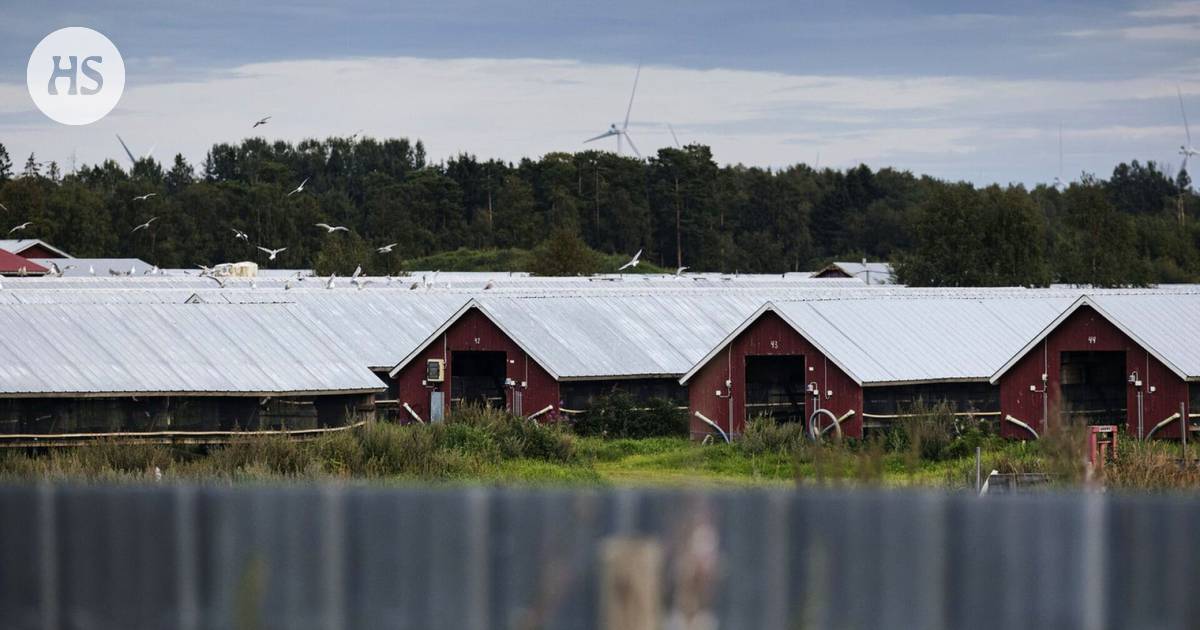Finland’s largest banking groups, OP and Nordea, practically no longer grant new loans to the fur farm business. The main reason is the poor profitability of the industry.
Fur breeding profitability is weak and even the big Finnish banks admit that it is starting to be a sunset industry.
Finland’s two largest banking groups, OP and Nordea, practically no longer grant financing for new fur farm business. Told about it earlier Financial life.
Nordea’s line is a bit steeper. The bank already decided in 2021 that it will not accept new customers operating in fur production and will not grant new loans to its current customers operating in the industry.
Director of Nordea’s commercial banking operations Nina Arkilahti tells HS that the matter was outlined in connection with the company’s responsibility strategy. It was then stated that responsibility must be part of the company’s normal business.
“When we think about the risks related to lending, we don’t only look at financial indicators, but also ethical and social aspects that we have to take into account,” says Arkilahti.
He states that the demand for fur farms is waning in Western countries.
“And for the right reasons. Such a business, which is based on animal production, where only the fur from the animal is utilized for clothing production, is not on a sustainable basis.”
of the OP group Director of Agriculture and Forestry Services Teppo Pöllänen says that although the company does not have a policy that prohibits all funding directed at fur farms, a clear practice has been formed on the matter due to the realities of business.
“For example, the construction project of a new massive fur farm is naturally not going to be financed at the moment. In that sense, the alignment has been born”, says Pöllänen.
According to Pöllänen, the industry’s weak profitability has led to the line created in practice. However, he states that the activities of a responsible financier are always guided by the values and views of responsibility in the operating environment.
“In banking, the starting point for financing is always that the operation is profitable and has a clear, reasonable view into the far future. Even the profitability situation produces the policy that financing the industry is practically very difficult, and quite often practically impossible.”
However, Pöllänen emphasizes that in the OP group, each cooperative bank decides on lending independently and on a customer-by-customer basis. According to him, OP group banks have still granted small working capital financing to some fur farms.
“They are quite small and often coincide with a time when business is being run in the industry or some other arrangement is being made that enables, for example, the abandonment of the operation or its shutdown.”
Nordic According to Arkilahti, at the time the policy was made in 2021, the bank had a few dozen customers working in fur production. According to him, some of these have finished or paid off their loans in a couple of years, but there are still a few dozen old customers of the fur industry.
“Those loans are paying off quite slowly. We all know the industry’s challenges in terms of profitability at the moment. But we have striven to have a plan with each client that eventually reduces the loans to zero.”
Arkilahti admits that fur farming seems to be a sunset industry, so to speak. Many Western European countries have banned fur farming completely.
“Various consumer surveys show very clearly that consumers no longer want to wear fur. It is very difficult to see what would be the kind of trend-like change that would bring the industry back to profitable growth.”
OP Group’s Pöllänen also says that the future of the fur industry looks challenging.
“If we look at the policies that have been made in Europe, it certainly supports that idea. Of course, the future is driven by consumer behavior. The messages are relatively strong that the industry will face challenges in the future.”
